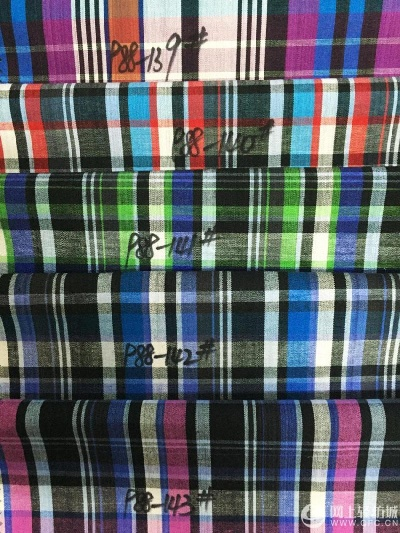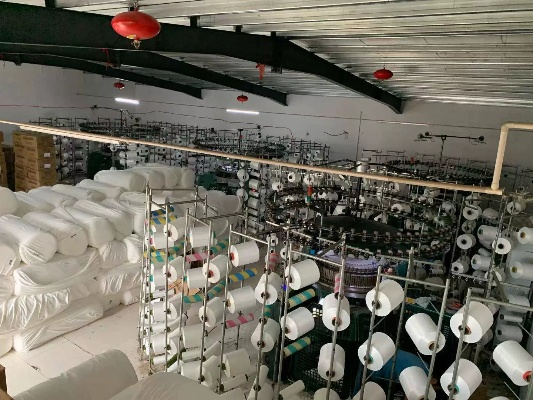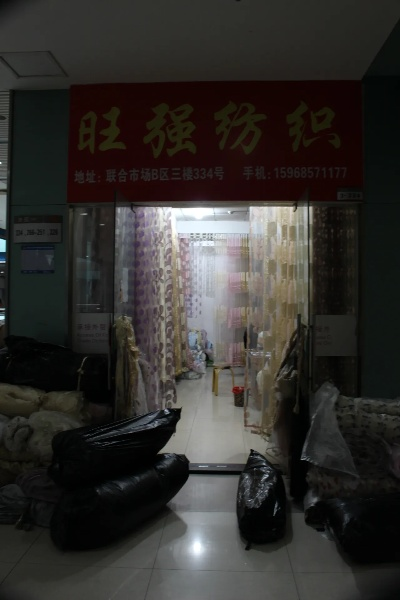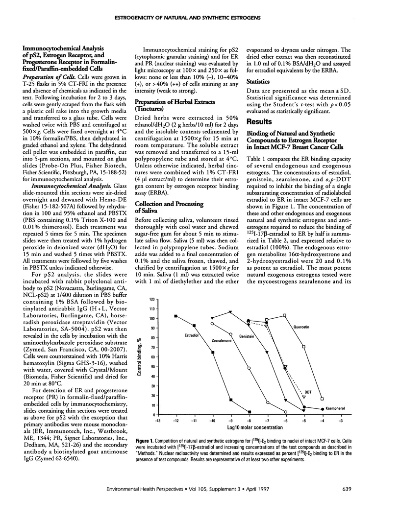The Rise of Medical Smart Textiles:Revolutionizing Healthcare
Medical smart textiles, an emerging technology that combines wearable devices with textile materials, have the potential to revolutionize healthcare. These fabrics are designed to monitor vital signs such as heart rate, blood pressure, and temperature, providing real-time data to patients and healthcare providers. By integrating with smartphones or other mobile devices, these textiles can alert users of critical health issues in real time, enabling prompt action to be taken. Additionally, they can help to track recovery progress by monitoring symptoms over time. The use of smart textiles has the potential to reduce hospital readmission rates, improve patient outcomes, and enhance overall healthcare efficiency. As technology continues to advance, it is likely that medical smart textiles will become more prevalent in healthcare settings, offering a cost-effective and convenient solution for managing chronic conditions and promoting better health outcomes.
Introduction: In the realm of healthcare, innovation is not just a buzzword; it's a necessity. As technology continues to evolve at an unprecedented pace, the field of medical devices has seen a significant shift towards smart textiles. These innovative materials are revolutionizing how we approach healthcare by offering unparalleled comfort, efficiency, and effectiveness. In this article, we will delve into the various types of medical smart textiles, their applications, and case studies that highlight their transformative impact on modern medicine.
Types of Medical Smart Textiles:
-
Wearable Monitoring Systems:

- Heart Rate Monitors: Tracking heart rate in real-time to detect irregularities early.
- Blood Pressure Monitors: Non-intrusive sensors that measure blood pressure without the need for cuffs.
- Temperature Sensors: Sensing body temperature to alert users of fever or hypothermia.
-
Disposable Medical Protective Equipment:
- Antimicrobial Clothing: Designed to resist bacterial growth, reducing the risk of infection.
- Protective Gloves: With built-in sensors that can detect when gloves have come into contact with skin.
-
Smart Dressings:
- Drug Delivery Systems: Embedded within dressings that release medication directly into the body.
- Bacteriostatic Fabrics: Preventing bacterial growth and promoting healing.
-
Respiratory Monitoring:
- CPAP Masks: Devices used to manage sleep apnea by providing continuous positive airway pressure.
- Airway Monitoring: Using sensors to track lung function and provide feedback to healthcare providers.
-
Sensory Enhancement Fabrics:
- Neuroprosthetics: Sensors embedded in prosthetics that enhance sensory feedback.
- Pain Management Fabrics: Using conductive fibers to transmit electrical signals to patients.
Applications: These smart textiles are being utilized across various fields, from wearable technology to surgical equipment. They offer numerous benefits, including:
- Improved patient outcomes through early detection and treatment of illnesses.
- Enhanced comfort and independence for individuals living with chronic conditions.
- Increased safety for healthcare workers during surgery and other high-risk procedures.
- Cost savings through reduced hospital readmissions and medication errors.
- Greater efficiency in healthcare delivery, especially in remote areas where resources are limited.
Case Studies:
-
COVID-19 Pandemic Response:
Wearable Monitoring Systems: Many hospitals around the world have implemented heart rate monitors and temperature sensors in their emergency response units to identify patients with COVID-19 early on. These monitoring systems have proven crucial in preventing the spread of the virus and managing critical cases effectively.
-
Surgical Procedures:
Smart Dressings: A study conducted at a major medical center found that using drug delivery systems in surgical dressings significantly reduced postoperative complications and improved patient recovery times. This innovation has been adopted by many hospitals worldwide.
-
Chronic Disease Management:
Sensory Enhancement Fabrics: For people with neurological impairments, these fabrics provide tactile feedback, allowing them to better control their movements and improve their quality of life. Examples include sensory enhancement in prosthetics and pain management garments.
Conclusion: The advent of medical smart textiles marks a significant milestone in healthcare technology. By combining cutting-edge materials with advanced technology, we are creating more efficient, effective, and personalized healthcare solutions. As we continue to explore the possibilities of these innovative textiles, we can expect to see even more breakthroughs in the future, ultimately leading to a healthier, more connected society.
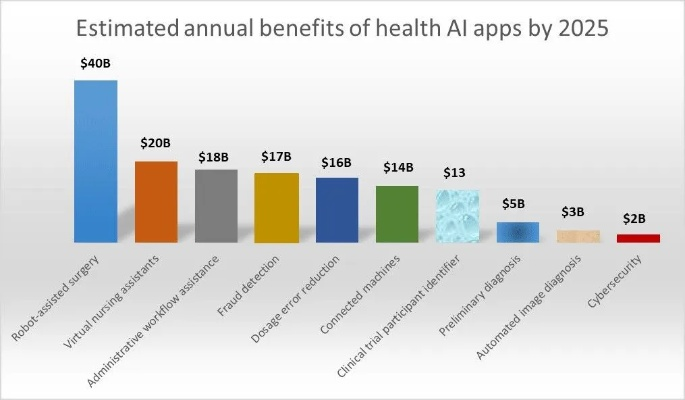
The Evolution of Smart Healthcare Textiles
医疗智能纺织品概述
医疗智能纺织品是一种结合了先进科技与人体工程学的纺织品,它们在医疗领域发挥着重要作用,这些纺织品包括但不限于医用贴身衣物、医疗床单、医用手套等,它们不仅提高了医疗操作的效率和质量,还为患者提供了更加舒适和安全的医疗环境。
主要类型
- 医用贴身衣物:包括医用贴身内衣、医用床单等,它们采用高科技面料,具备透气、吸湿、抗菌等功能,能够满足医护人员和患者的舒适需求。
- 医疗床单:用于覆盖患者身体,具有防渗透、抗菌、防过敏等功能,它们通常采用可生物降解的材料,减少对环境的影响。
- 医用手套:适用于医护人员的手部保护,具有防滑、透气、抗菌等功能,同时还可以根据不同的需求进行定制。
案例分析
医用贴身衣物案例:
近年来,随着科技的发展,医用贴身衣物开始采用智能材料和技术,某知名品牌推出的智能贴身衣物,采用了先进的传感器技术,能够实时监测患者的体温和心率,确保医疗操作的准确性和安全性,这些衣物还具有抗菌、防过敏等功能,能够提高患者的舒适度。
医疗床单案例:
某医院采用了可生物降解的医疗床单材料,不仅减少了环境污染,还提高了医院的整体形象,这些床单具有防渗透、抗菌等功能,能够确保患者的隐私和安全,医院还采用了智能监测技术,能够实时监测患者的病情变化,为医生提供更加准确的数据支持。
发展趋势
随着科技的不断发展,医疗智能纺织品将会朝着更加智能化、个性化、环保化的方向发展,未来的医疗智能纺织品可能会更加注重患者的舒适度和隐私保护,同时还会考虑如何减少对环境的影响,未来的医疗智能纺织品还可能会采用更多的智能传感器和技术,为医护人员提供更加准确和高效的数据支持。
医疗智能纺织品是一种具有重要意义的纺织品,它们在医疗领域发挥着越来越重要的作用,随着科技的不断发展,医疗智能纺织品将会更加智能化、个性化、环保化,我们也需要关注如何更好地发挥这些纺织品的优势,为患者提供更加安全、舒适和高效的医疗服务。
Articles related to the knowledge points of this article:
An Overview of Textile-Based Mobile Phone Cases
Exploring the Rich Tapestry of Nontong Xinmei Yang Textiles
The Future of Fashion:Transforming Plastics into Superior Textiles
A Comprehensive Guide to Textile Inspection Standards for Quality Control
